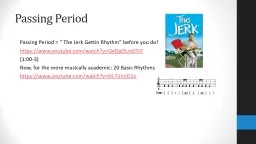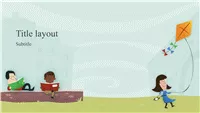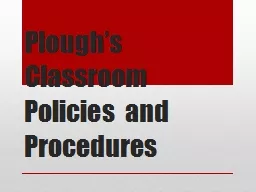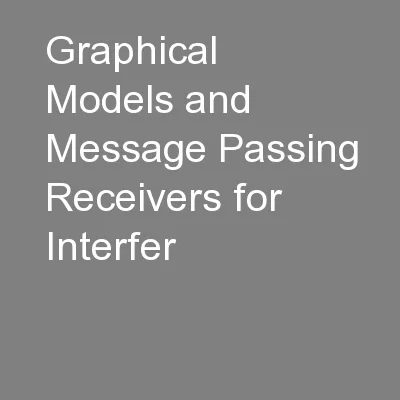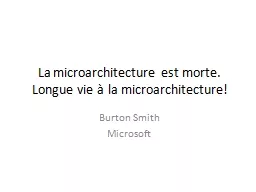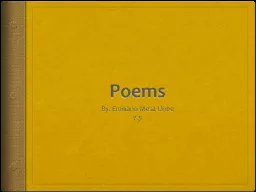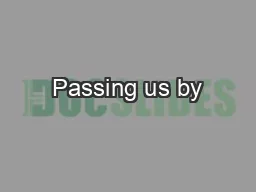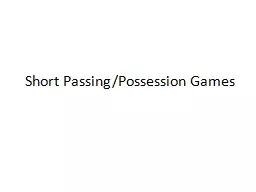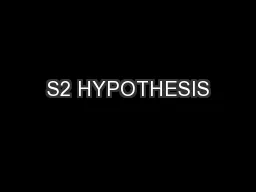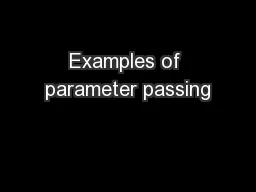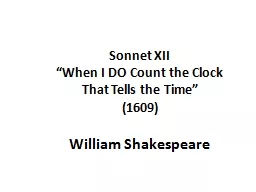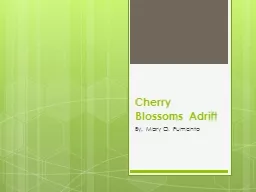PPT-Passing Period Passing Period = ” The
Author : SchoolDaze | Published Date : 2022-08-01
Jerk Gettin Rhythm before you do https wwwyoutubecomwatchvQeDgOUoDTsY 1003 Now for the more musically academic 20 Basic Rhythms https wwwyoutubecomwatchvNL7iJirnD1o
Presentation Embed Code
Download Presentation
Download Presentation The PPT/PDF document "Passing Period Passing Period = ” The" is the property of its rightful owner. Permission is granted to download and print the materials on this website for personal, non-commercial use only, and to display it on your personal computer provided you do not modify the materials and that you retain all copyright notices contained in the materials. By downloading content from our website, you accept the terms of this agreement.
Passing Period Passing Period = ” The: Transcript
Download Rules Of Document
"Passing Period Passing Period = ” The"The content belongs to its owner. You may download and print it for personal use, without modification, and keep all copyright notices. By downloading, you agree to these terms.
Related Documents

